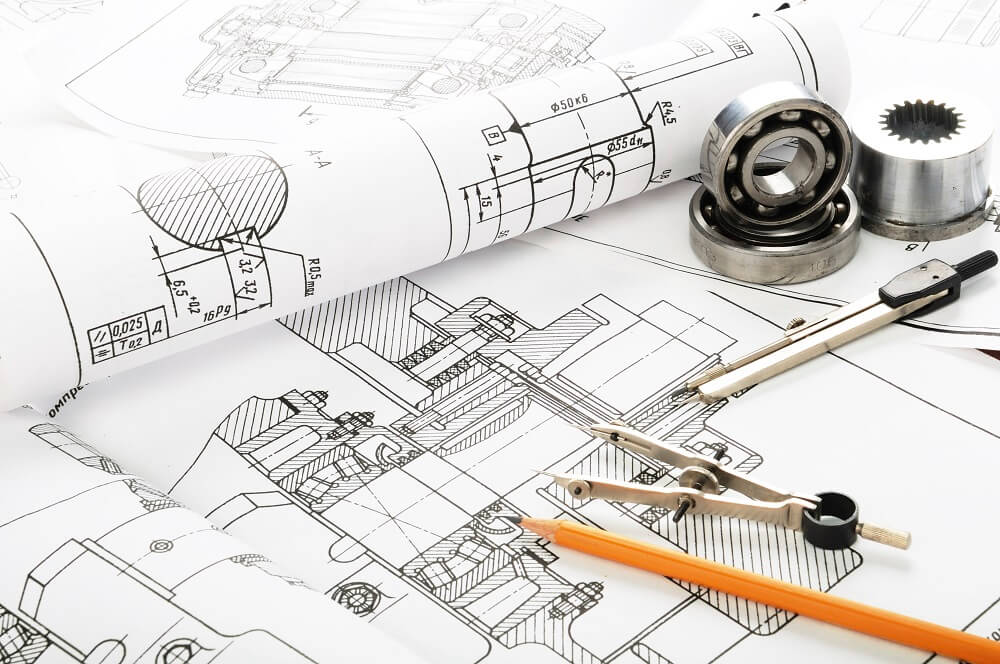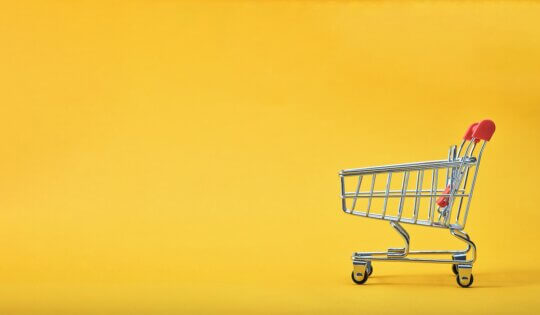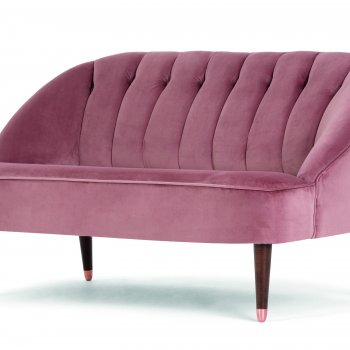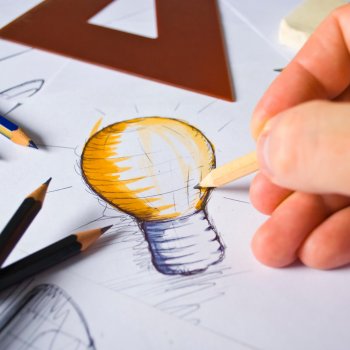
Q&A with Hello Wood: Innovation and challenges in architectural and community design
20 July 2015, Hungary
Hello Wood is an architecture and design studio, organising projects and events defined by openness, experimenting, social sensitivity, innovation and development. It was founded by Peter Pozsár, architect/curator; András Huszár, architect and David Ráday, media designer/art director.

This longstanding project had become the Popular Choice and Jury winner of the Architizer A+ Awards in the category of Architecture + Learning! DesignWrites invited the three founders for a short Q&A.

Hello Wood started as an art camp in 2010 for architecture and design students and has grown into a unique international project involving more than 30 countries. The program welcomes university students and young professionals yearly from Sweden to the United States who work in teams for 8 days to bring the project to life. The teams are led by experienced and successful workshop leaders from prestigious architecture studios around the world to provide an interdisciplinary and international working environment complementing university studies.
Q1- You have been organising your signature event, the summer art camp, for years. What are the biggest accomplishments and challenges it brings?
Perhaps the biggest accomplishment was being able to make the program visible in an international scene. Professionals, whose work is important to us, are interested in the program, they accept our invitations and participate in our workshops.
Last year we cooperated with the Miralles-Tagliabue Studio from Barcelona, this year we have the opportunity to welcome workshop leaders like Piers Taylor from Invisible Studio or Katsuya Fukushima from Japan and the incredible Urban-ThinkTank studio. Our biggest challenge is to constantly develop the program professionally and to communicate the results in a way that reaches a wider public.
Q2 – What are your favourite designs or products and why?
It’s hard to pick one product, but in general we like things that give a smart and innovative response to a problem, besides being aesthetically valuable of course. Objects that are capable of making life easier in a way. We prefer products that are designed in a way that considers the entire life cycle of the product, from production to recycling. We also aim to work this way, it is an extremely important task in the field of mobile and temporary architecture.
Q3 – According to your opinion how are Intellectual Property rights valued in this very changing field of temporary architecture and design?
It’s difficult to talk about property or intellectual property in this field for several reasons. On the one hand, often the life time of a temporary object is shorter than the time it takes to get the legal protection. Also, when it comes to the workshop and festival, the product is really the know-how, the methodology. Protecting this is the most important yet most difficult task, that’s why the support of Bird & Bird is extremely valuable to us.
Q4 – What do you think are the most useful / powerful tools for protecting the interest of the authors, designers or your company (legal, marketing or any…)?
For a program that changes so dynamically, where not only the events, but the resulting installations are also temporary, the best protection is publicity and always making something new. Of course this only works if the legal background is deliberate and guaranteed. Luckily we’ve only had few minor negative experiences, but as the project evolves, the legal guarantees must be developed as well.
Q5 – There are emerging trends of open source architecture platforms like Paperhouses? What impact do you foresee these could bring?
Open source is drifting back from online to off-line, facing all challenges of this border crossing. In my opinion (Peter Pozsár) that most important difference is that in the off line work open source is “only” able to generate a plan, a methodology, that still awaits to be realised. What I find difficult about this is that however precise a plan is, the building and realisation of it requires further skills. Several impressive projects seem to get stuck or develop slowly due to the lack of these skills perhaps. In our camps we focus on developing these skills, and we tried to summarise our experiences and methodology in a book recently. Practice is key in gaining skills and capability for building; it can hardly be substituted by other tools. 3D printing could resolve this concern. Open source and 3D printing could supplement each other perfectly, creating an efficient and revolutionary result.
Q6 – Hello Wood brings several socially sensitive projects to life. What are the commercial possibilities in your work and what strategies do you follow for maximising it?
We always try to consider social aspects in our commercial works as well, aiming to carry a socially responsible message and designing an entire life cycle for the object. Due to the visibility of our program, we are contacted with commissions, our team runs an architect and design studio throughout the year, we focus on designing and building temporary wooden structures for events, festivals, public space, etc.
Also, we organise team buildings based on our experience and methodology of the camps. The first step of maximising these strategies is to do quality work. The best communication is if the client is satisfied, they should feel that no matter how small or big the scale is, the project receives maximum attention. We also develop products; so far only on a small scale but soon we would like to enter the market with more complex developments.
Q7 – You have just won two Architizer A+ awards, and also published a book on your experiences and experiments of the last couple of years. Based on your experiences and the rapid technological development (such as 3D printing) what would the future bring to the architecture and design business?
Yes, the awards are a great honour to us. It gave us another feedback that it’s worth working so hard and that an architectural program coming from a small country can be internationally recognised. We believe not only architecture, but in a wider scope our material world is facing major changes right now, that can be perhaps compared to the revolution of book printing. Upcoming new technologies could liberate basically unreachable forms and content, not only in form, but in function as well. We hope these new technologies will be truly accessible to everyone, however it will create several questions in the field of intellectual property rights as well.
Originally published in DesignWrites 6th Edition.








